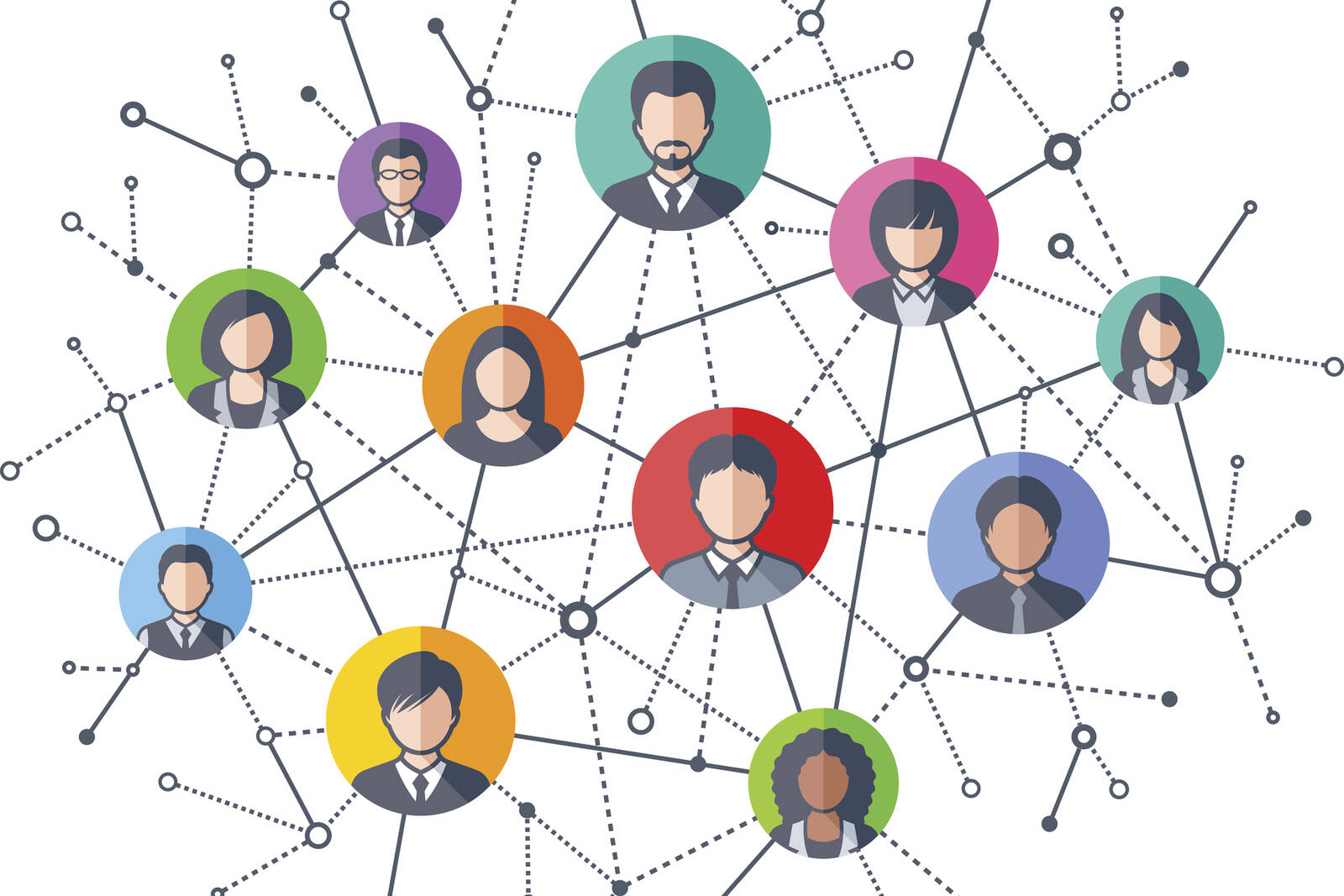Careers Leadership Mar 10, 2014
Want to Work in Science? Men Have the Advantage
How gender discrimination affects hiring

Far fewer women than men pursue careers in the relatively lucrative fields of science, mathematics, and engineering—a worrisome state of affairs that has attracted numerous explanations over the years. One possibility is nature: men are simply born with more innate ability, or desire, to succeed in those professions. But an influential 2008 study by four researchers, including Paola Sapienza, a professor of finance at the Kellogg School of Management, asserts a large role for nurture.
After analyzing data from a math test taken by fifteen-year-olds around the world, Sapienza and her colleagues determined that, in countries where there is more gender equality in terms of access to education, health, and the workplace, the gender gap in math is smallest. “We found out that in some countries the gender gap does not exist,” says Sapienza. “And interestingly, those countries are the countries where there is greater female emancipation.”
Clearly something about a country’s more or less egalitarian culture affects its gender gap. But what? Do the differences arise in the nations’ school systems? Parenting techniques? Role models?
One of the biggest and most politically sensitive possibilities, of course, is that there is discrimination at work. So Sapienza—along with Ernesto Reuben of Columbia University and Luigi Zingales of the University of Chicago—conducted a study explicitly designed to test for this possibility. The results, published this week in the Proceedings of the National Academy of Sciences, suggest that women are in fact initially assumed to be less competent at basic mathematical tasks than men even when they are not—and that when asked, women, unlike men, tend to understate their abilities. But rather than accounting for the statistical likelihood that women will lowball their own abilities, employers take both genders’ words at face value, further compounding the gender gap.
Simple Math, Strong Biases
Students, who participated in the study in groups, first completed a brief task that involved summing two-digit numbers. This particular task was selected because it is known that men and women perform no differently. “Yet it is related to math,” says Sapienza, “and because we have this generalized stereotype or vision that boys should be better than girls, that’s a perfect setting to study to what extent this perception carries consequences in hiring and promotion decisions.”
Next, two people were chosen at random to be prospective “employees.” The other students were asked—based on appearance alone—which of the two candidates they expected to perform better on a second math task. Then, each employer was given the go-ahead to “hire” one of the two employees, who proceeded to complete the new test. Employers received a higher monetary payoff if they had picked the candidate who performed better.
Sure enough, despite the fact that men and women performed the task equally well, when women and men were pitted against one another, women were expected to perform more poorly and were hired just 34% of the time—a clear instance of appearance-based discrimination. Because employers “don’t have to [hang] out with this person—this is a one-shot game,” as Sapienza puts it; the study taps directly into discrimination based on ability, as opposed to likeability or organizational fit. “We wanted to measure the extent to which discrimination would channel through the belief that the person is less competent for the job,” says Sapienza.
Cheap Talk Vs. Hard Data
In addition to determining a gender bias in hiring, the researchers aimed to see whether employers would overcome their initial biases when presented with additional information about the employees. In another condition, before employers made their hires, researchers asked prospective employees to speak up for themselves. “We asked each candidate to formulate an expectation about their own future performance and to communicate it to perspective employers,” says Sapienza.
Employers who are more implicitly biased against women are more willing to believe men’s inflated expectations about their performance.
How did this new information affect employers? The likelihood of hiring women does not increase.
“Men tend to boast [or] be overoptimistic about how well they’re going to do. And women? In relative terms, they actually predict they’ll be worse than they actually end up being,” says Sapienza. This means that women experience somewhat of a double whammy: they are incorrectly assumed to be worse than men at mathematical tasks and they are likelier to undersell their abilities. Because employers fail to take into account the reality that men tend to oversell their abilities, hiring biases increase when candidates are given an opportunity to promote themselves.
Next, researchers looked at whether hard data could close the gender gap in hiring. In this condition, employers were given access to employees’ previous scores before they made their hires. “Past performance is a very good predictor of future performance,” explains Sapienza. In response, employers did shift their initial expectations, eventually hiring women at higher rates than in previous conditions. But crucially, men were still hired more often than their past performance would indicate was prudent.
It is possible, Sapienza concedes, that had employers been able to witness strong female employees outperform their weaker male counterparts again and again, the gender gap would have eventually closed. “But again,” she asks, “is it really realistic to think that you’re going to get many data that are so clear and compelling?” That is just not how hiring works in the real world—in which conclusive data are hard to come by, and we never observe the performance of those candidates whom we do not hire.
Implicit Biases Still Insidious
As a final analysis, researchers looked at the relationship between employers’ hiring and their performance on an implicit association task. “The aim of the exercise”—which compares the ease of pairing mathematical concepts with men versus women in memory—“is to measure the biases that you have implicitly but you don’t even admit, or you’re not aware of,” Sapienza explains.
The researchers found that employers of both genders more strongly associate math with men than with women. Furthermore, they found a positive relationship between individuals’ implicit gender biases and the extent to which individuals initially favored male employees. But interestingly, even stronger was the relationship between implicit biases and how much individuals were willing to shift their expectations about female applicants in response to cheap talk. “Employers who are more implicitly biased against women are more willing to believe men’s inflated expectations about their performance,” the researchers write.
So can we put an end to gender discrimination in hiring? “Our research lends support to the notion that lots of discrimination around the world is implicit.” That is, employers truly think they are making the right hiring decisions and can easily find nondiscriminatory explanations to justify those decisions. But as Sapienza’s work shows, even when we have every incentive to select the best person for the job, we still let our biases get in the way.
Understanding our implicit biases and creating processes that remove or reduce those biases is a first step. “We are all subject to biases, so it is important to be aware of those,” says Sapienza. This is in part about ensuring that applicants are treated fairly. But it is also smart business. Biases lead people to make inefficient decisions. “Why in the world,” asks Sapienza, “would you want to do that?”
Reuben, E., P. Sapienza, and L. Zingales. 2014. How stereotypes impair women’s careers in science. Proceedings of the National Academy of Sciences.



